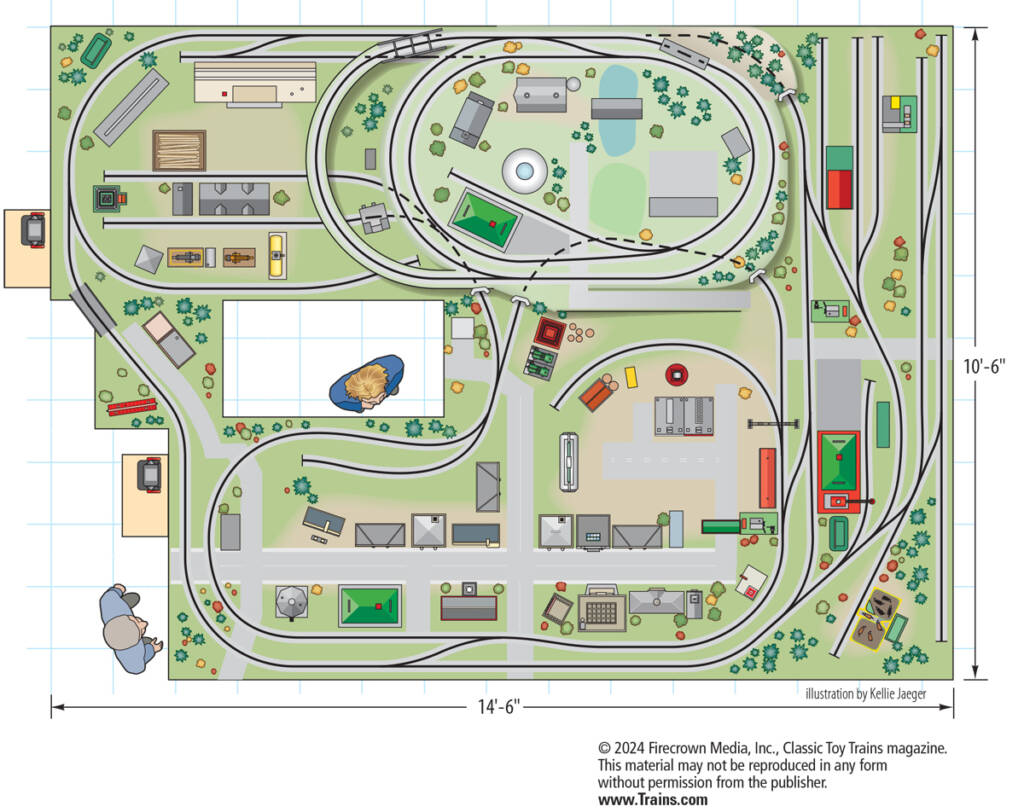
Name: Rocky and Suzanne McAlister’s S gauge layoutDimensions: 10½ x 14½-footTrack: GarGraves, Gilbert American Flyer (maximum diameter 42 inches)Switches: Gilbert American FlyerMotive power: American Models, Gilbert American Flyer, Lionel American Flyer, S-Helper ServiceRolling stock: American Models, Gilbert American Flyer, Lionel American Flyer, MTH Electric Trains, S-Helper ServiceControls: Gilbert American Flyer, Model Rectifier Corp. transformersAccessories: Gilbert […]
Read More…
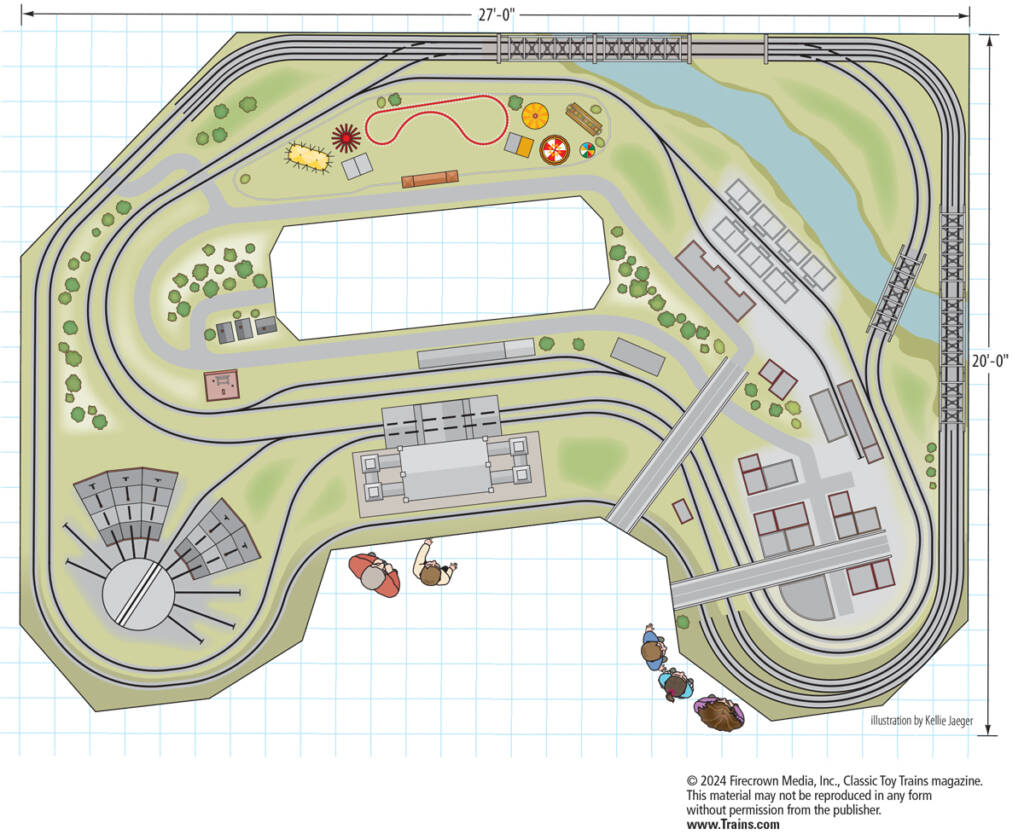
Name: Union Station Kansas City Model Railroad DisplayGauge: ODimensions: 20 x 27 feetTrack: GarGraves (maximum diameter is 84 inches)Turnouts: Ross Custom Switches Motive power and rolling stock: Atlas O, Lionel, MTH, 3rd RailControls: Lionel CW-80 transformers (13)Accessories: Coaster Dynamics, Department 56, LionelStructures: Atlas O, Lionel, MTH, scratchbuiltVehicles: Eligor, Ertl, Matchbox, SolidoFigures: Arttista, Preiser, Woodland Scenics […]
Read More…
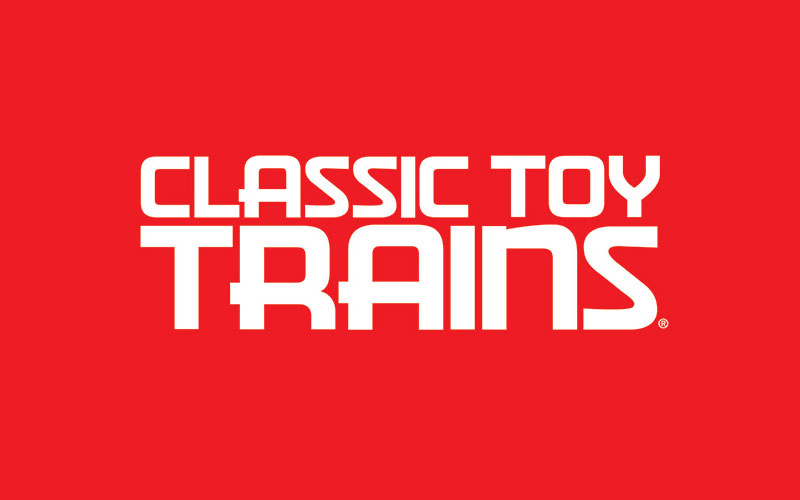
Trainz has purchased the inventory of screws, bolts, springs, rivets, and fasteners from L&L Model Train Restoration Co. (Len Carparelli). The business, known as the Ted Nyerges Bolt & Screw Company, offers a line of fasteners for postwar Lionel trains. Trainz plans to increase the availability of screws, fasteners and other small parts at Trainz.com. […]
Read More…

Trainz has purchased the existing inventory and rights to manufacture the famous aluminum train display shelving from Glenn Snyder Display Systems. GSDS are a self-contained extruded aluminm display shelf available in a combination HO/S gauge, O gauge, or combination O/Standard gauge/gauge-1 sizes. Trainz will warehouse and ship the shelving from its new Oakwood, Ga. facility. […]
Read More…
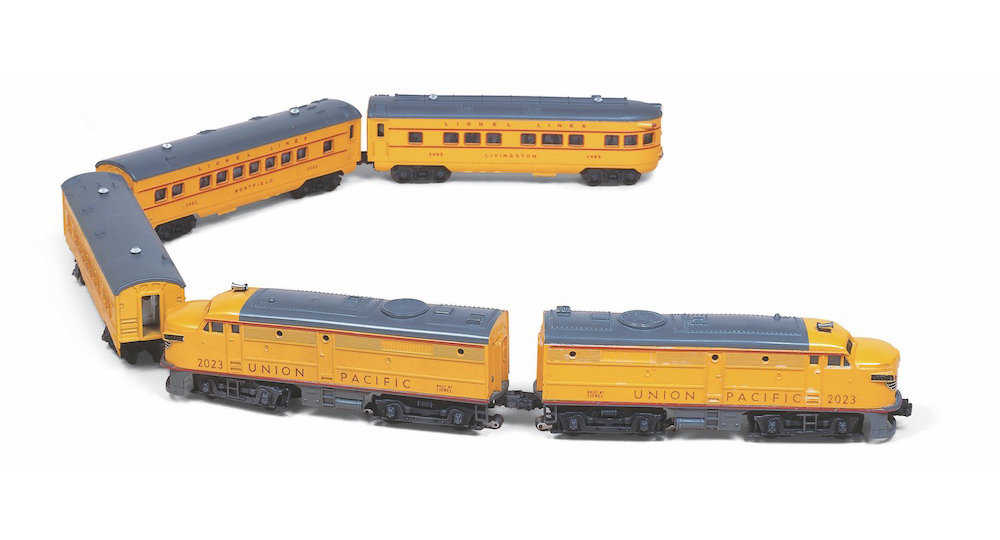
10 more helpful tips for your layout Smooth and steady steaming It’s not surprising that postwar Lionel steam locomotives are extremely underpowered. They’re single-motor locomotives that must tow a heavy tender, so you’ll seldom get them to pull more than a dozen freight cars. Keep the wheel axles, side rods, and smoke-unit mechanism properly lubricated, […]
Read More…
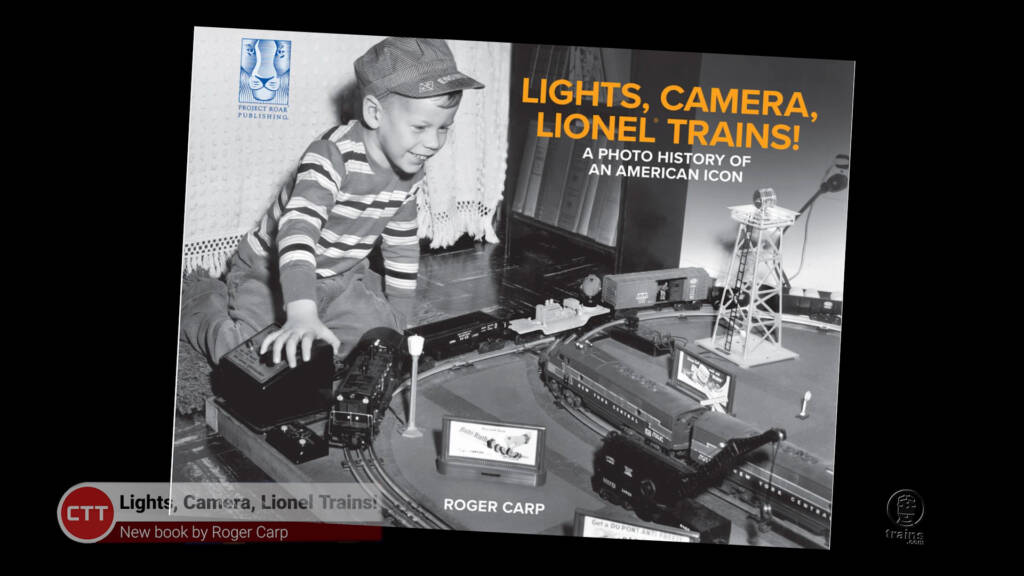
Classic Toy Trains Senior Editor Roger Carp and Project Roar’s John Schmid open and unbox a brand-new book called Lights, Camera, Lionel Trains! This hardcover book, published by Project Roar and authored by noted toy train historian Roger Carp, showcases the importance and significance of Lionel Trains throughout the years. A Lionel train was more […]
Read More…
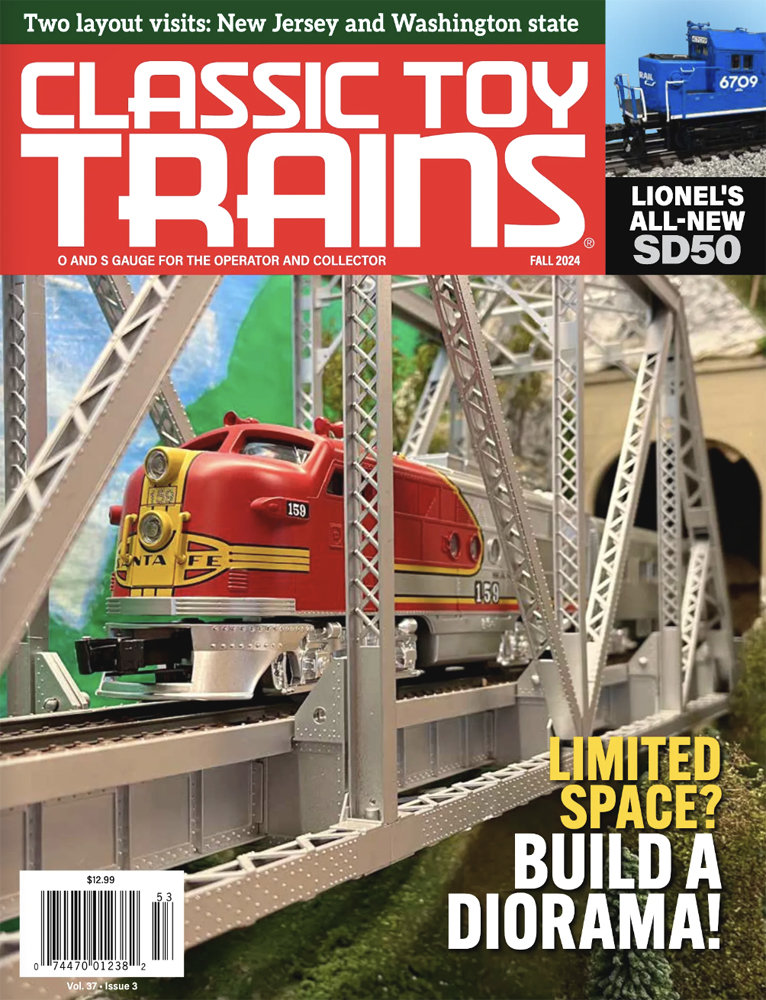
Also in this issue: EDITOR’S DESK, pg. 4 YOUR LETTERS, pg. 6 YOUR PHOTOS, pg. 8 NEWS & REVIEWS, pg. 13 Lionel SD50, LCCA boxcar, Menards cattle car, Atlas E8, and more COLLECTIBLE CLASSICS, pg. 17 Lionel’s No. 3484 Operating Boxcar QUESTIONS AND ANSWERS, pg. 56 Poultry Dispatch Car repair, Marx boxcar paint scheme, and […]
Read More…
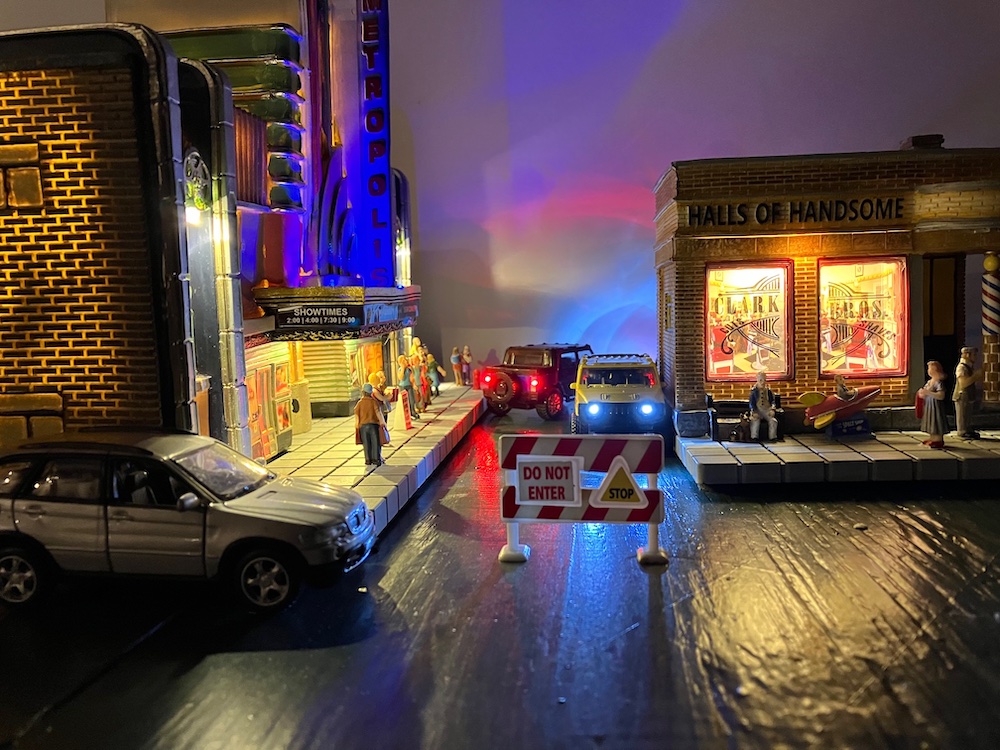
From the first product releases, the Menards line of Plug & Play buildings have stood out from structures by other O gauge building makers. Interesting designs, add-on detailing, and often unique lighting features such as strobes and flashing signage add to the fun. Most of them look great simply sitting there. Powering them up, though, […]
Read More…
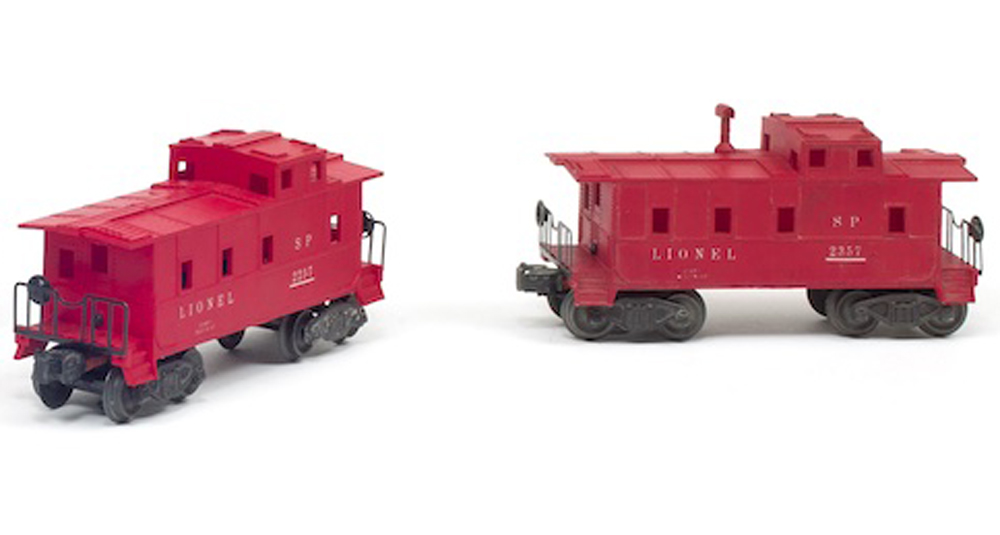
Lionel’s Nos. 2257 and 2357 cabooses changed the line of toy trains in notable ways. The all-but-identical models, first cataloged in 1947, introduced three-rail enthusiasts to a type of caboose that looked different from what Lionel had been showcasing during the final years of the prewar period and the first two years of the postwar […]
Read More…
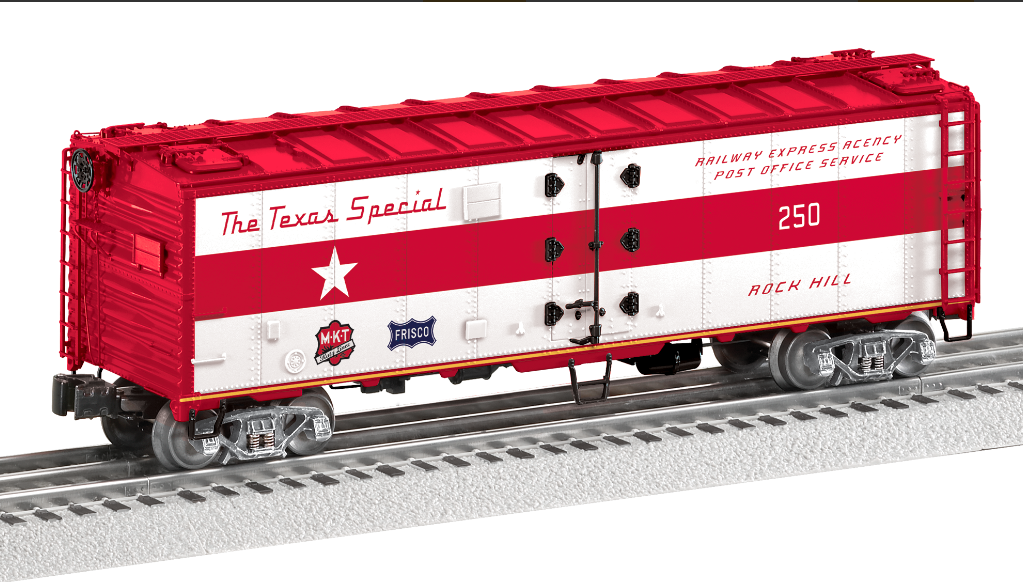
Locomotives & rolling stock MTH, 739 Washington Blvd., Ste. 101, Elkridge, MD 21075, has FM Erie-built Diesel Locomotives as part of the Premier line. Engines will operate on O-42 curves, feature Proto-Sound 3.0, and will be available in six paint schemes (20-21852 shown). The engines will be sold as unpowered A units or as an […]
Read More…
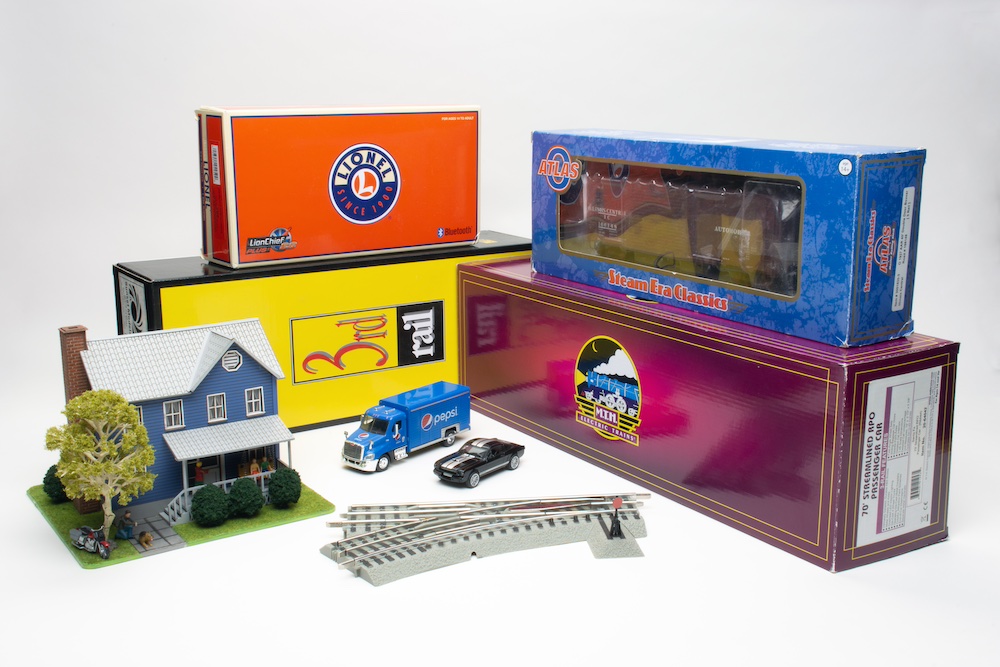
Manufacturers come and go in model railroading, and the O gauge market is no exception – 2 or 3 rail, scale or semi scale. From vast offerings to specific products, let’s find out who is producing today for the customer. If you know of a manufacturer not on this list, please contact us at editor@classictoytrains.com. […]
Read More…












